Hi there, pet lovers! 🦢
Swans are among the most elegant and captivating birds, often associated with grace, loyalty, and beauty. Whether kept for ornamental purposes, breeding, or simply as serene additions to a pond or lake, swans have fascinated humans for centuries. But are they the right choice for you?
In this detailed review, we’ll explore everything you need to know about swans—from their behavior and care requirements to their suitability as pets or livestock. Whether you’re a hobbyist, farmer, or simply enchanted by these regal birds, this guide will help you make an informed decision.
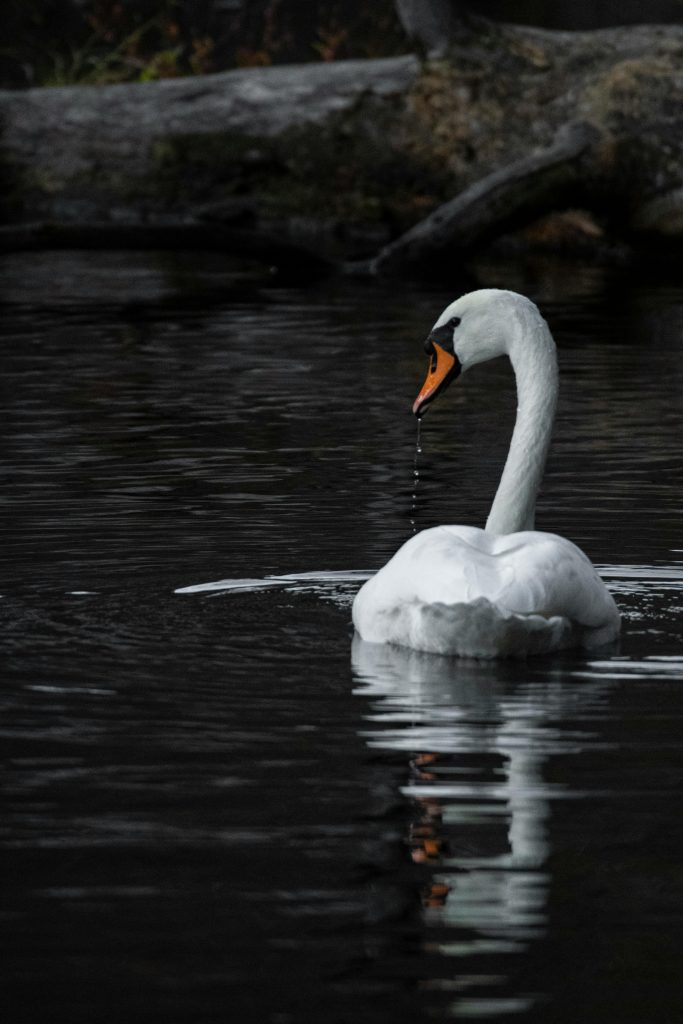
Overview
Swans are large, long-necked waterfowl belonging to the Anatidae family, closely related to geese and ducks. Known for their striking appearance and strong pair bonds, they are often kept for ornamental purposes, breeding, or conservation. Here’s a quick summary of what makes them unique:
- Handling and Temperament: Generally docile but can be territorial, especially during breeding season.
- Care and Maintenance: Require large water sources, proper fencing, and a balanced diet.
- Health and Durability: Hardy birds but susceptible to predators and certain diseases.
- Availability: Available through breeders, farms, and specialized avian sellers.
- Cost: Moderate initial investment (especially for rare species) with ongoing upkeep costs.
- Overall: Best suited for those with space, dedication, and an appreciation for their majestic presence.
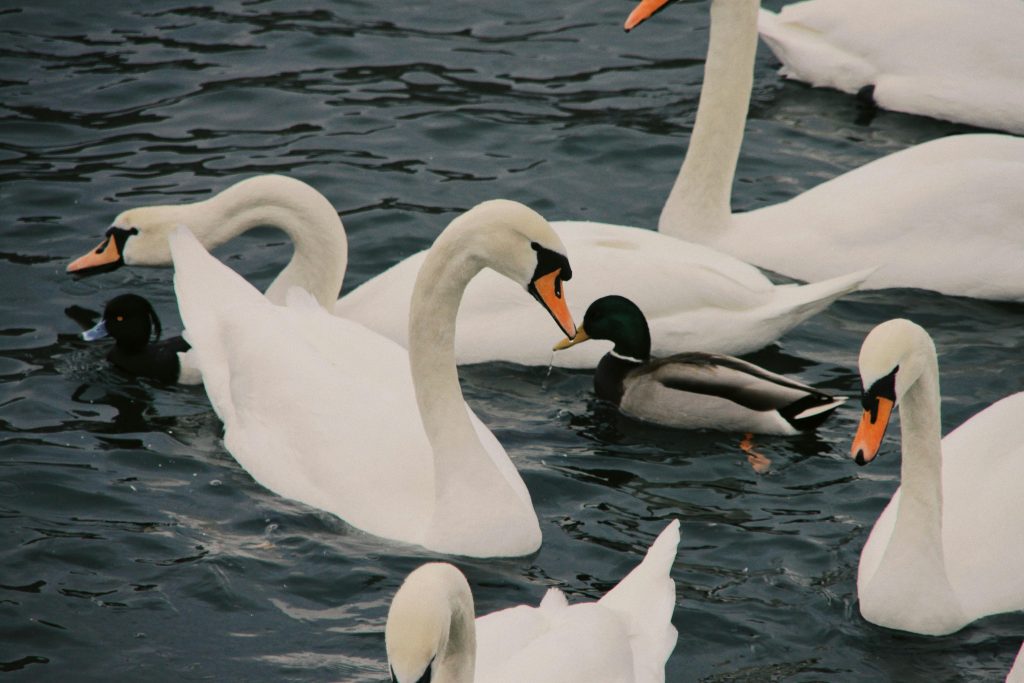
Why Choose a Swan?
Swans are ideal for those who want to enhance a pond, lake, or large property with natural beauty. They are long-lived (20+ years in captivity), form strong pair bonds, and can even serve as a source of income through breeding or ornamental displays. However, they are not traditional pets like dogs or cats—they thrive best in semi-wild environments where they can swim, forage, and nest naturally.
Their presence can deter pests (such as invasive geese) while adding a touch of elegance to any landscape.
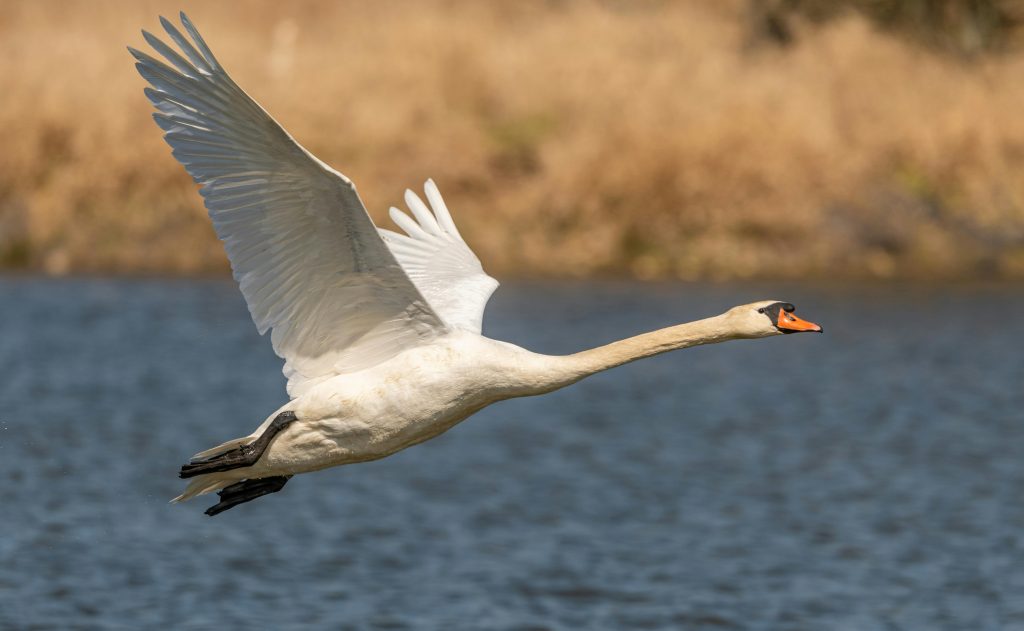
Handling and Temperament
Swans are not hands-on pets but can become accustomed to human presence if raised with care. Their behavior varies by species and individual personality.
Personality Variations
- Mute Swans: Often more aggressive, especially during nesting season.
- Black Swans: Generally more social and less territorial.
- Trumpeter & Tundra Swans: Wilder in nature, less suited for close interaction.
Handling Tips
- Avoid unnecessary handling—swans are strong and can deliver painful bites or wing strikes.
- Never approach nesting swans; males (cobs) are highly protective.
- If raising cygnets (baby swans), gentle interaction can make them more tolerant of humans.
Biting and Aggression
While swans rarely attack unprovoked, they will defend their territory. A swan’s wings are powerful, and though they cannot break bones, their strikes can bruise. Respect their space, especially during breeding season.
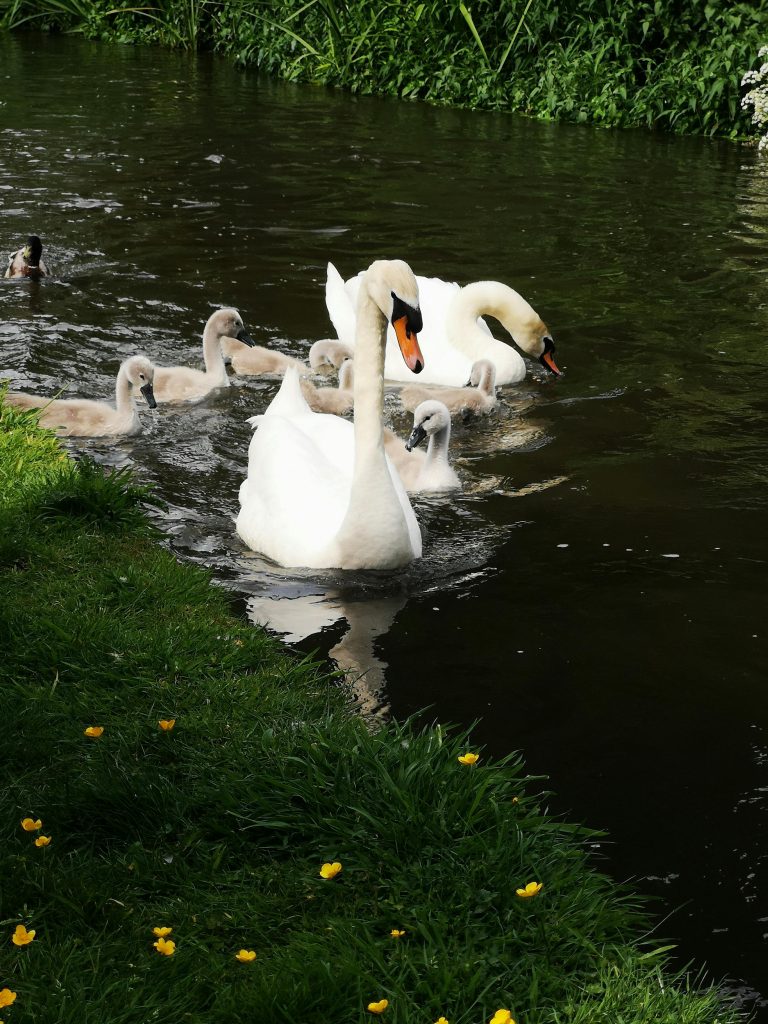
Care and Maintenance
Swans require ample space, clean water, and proper nutrition to thrive. Unlike smaller pets, their care revolves around habitat management.
Enclosure Setup
- Water Source: A minimum of ¼ acre pond per pair (larger is better).
- Land Area: Grassy shores for grazing and nesting.
- Fencing: Secure fencing to keep predators (foxes, coyotes, dogs) out.
- Shelter: A simple nesting island or sheltered area for protection from extreme weather.
Humidity and Temperature
Swans adapt to various climates but need:
- Winter Care: Open water (use aerators to prevent freezing).
- Summer Care: Shallow areas for cooling off.
Feeding
- Natural Diet: Aquatic plants, algae, insects, and small fish.
- Supplemental Feed: Waterfowl pellets, leafy greens, and grains (corn, wheat).
- Feeding Schedule: Once or twice daily, adjusting for natural foraging.
Breeding Considerations
- Swans mate for life and typically breed once per year.
- Females (pens) lay 4-7 eggs, incubating for 30-35 days.
- Cygnets fledge at 4-5 months but stay with parents for up to a year.
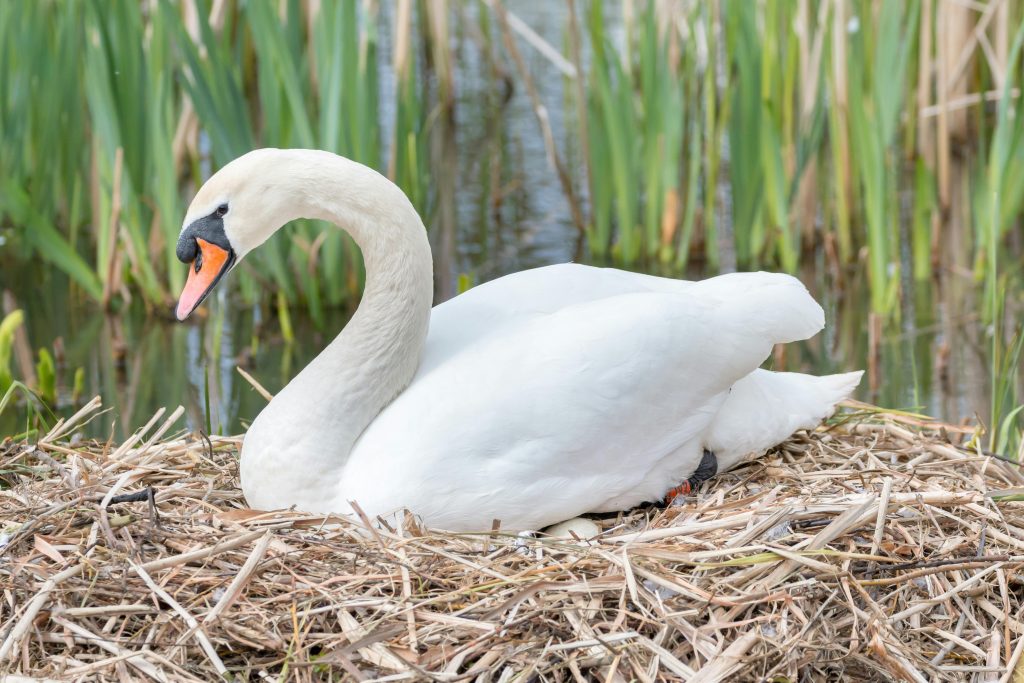
Health and Durability
Swans are resilient but face risks from predators, disease, and poor habitat conditions.
Common Health Issues
- Parasites: Regular deworming and clean water prevent infestations.
- Botulism: Stagnant water can cause fatal poisoning—ensure water flow.
- Angel Wing: Caused by poor diet (avoid excessive bread).
Preventative Care
- Annual Vet Checks: Especially for parasite control.
- Clean Water: Prevents bacterial and fungal infections.
- Predator Protection: Secure fencing and nighttime enclosures.
With proper care, swans can live 20+ years, making them a long-term commitment.
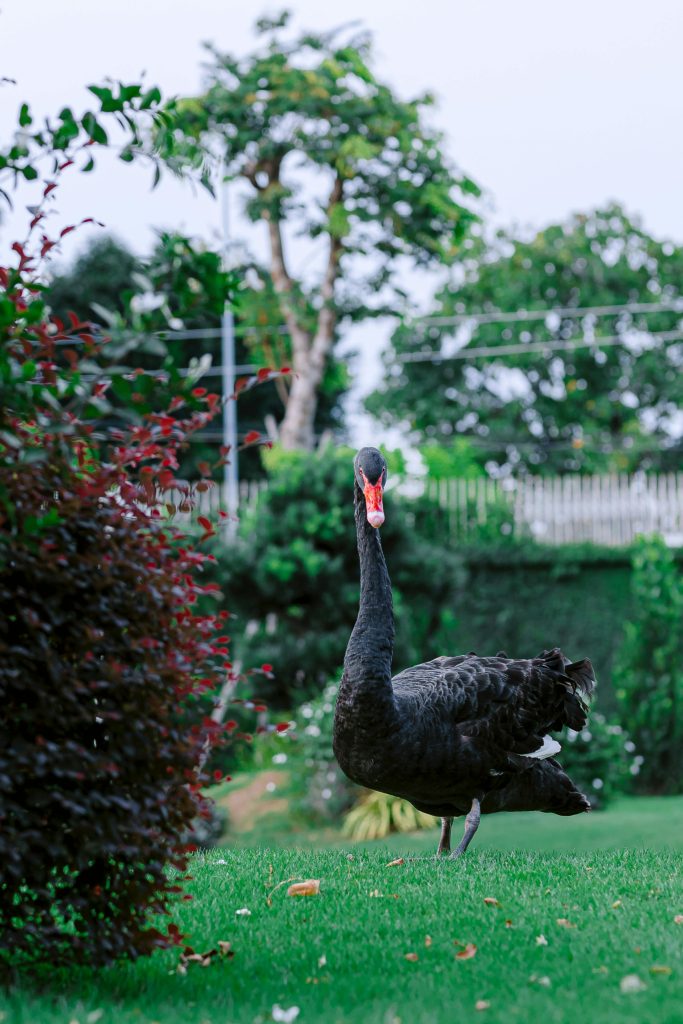
Availability and Cost
Where to Buy
- Breeders: Best for healthy, hand-raised swans.
- Farms & Avian Specialists: Often sell adult pairs.
- Online: Reputable sellers offer cygnets (ensure legal transport).
Cost Breakdown
- Swans: $300–$2,000+ (depending on species and rarity).
- Setup: Pond construction ($1,000+), fencing, feeders.
- Ongoing Costs: Feed, vet care, water maintenance.
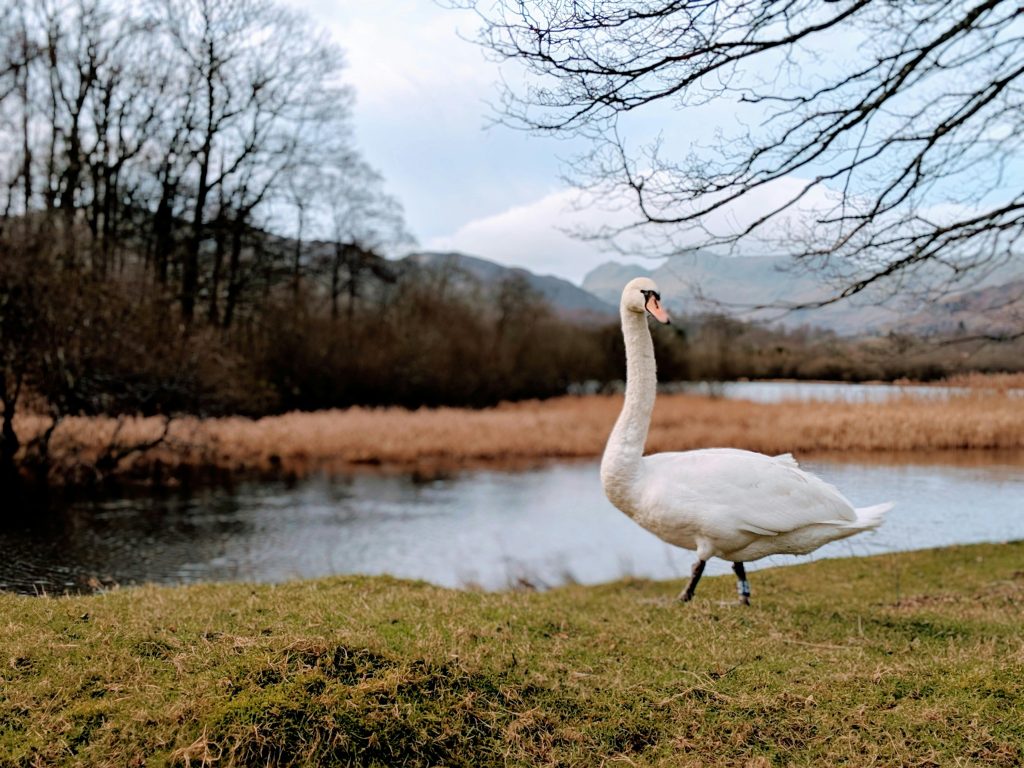
Pros and Cons
Pros
- Majestic addition to ponds/lakes.
- Long lifespan (20+ years).
- Natural pest control (deters geese).
- Potential for breeding income.
Cons
- Require large water sources.
- Can be aggressive during breeding.
- High initial setup cost.
- Not suitable for small properties.
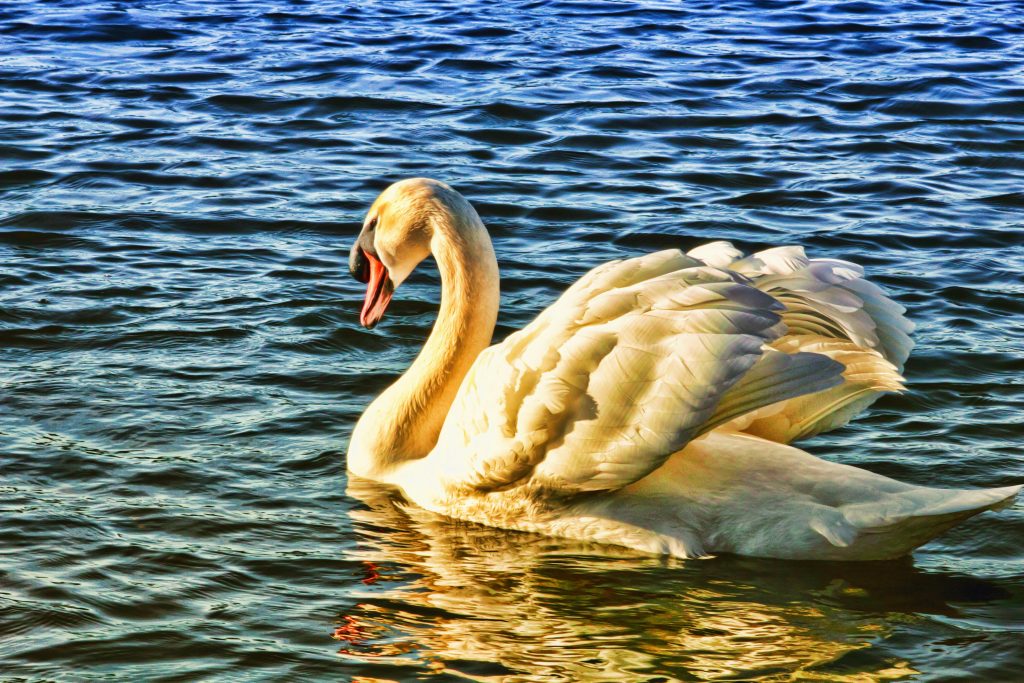
Final Thoughts
Swans are stunning, long-lived birds that bring elegance and natural balance to large properties. While they require significant space and care, their beauty and fascinating behaviors make them a rewarding choice for dedicated owners.
For those considering swans, we recommend starting with a pair of a locally adapted species (like Mute or Black Swans) and ensuring proper habitat setup. Visit breeders or sanctuaries to observe them firsthand before committing.
Have experience with swans? Share your stories below! For more waterfowl guides, stay tuned to our channel. 🦢

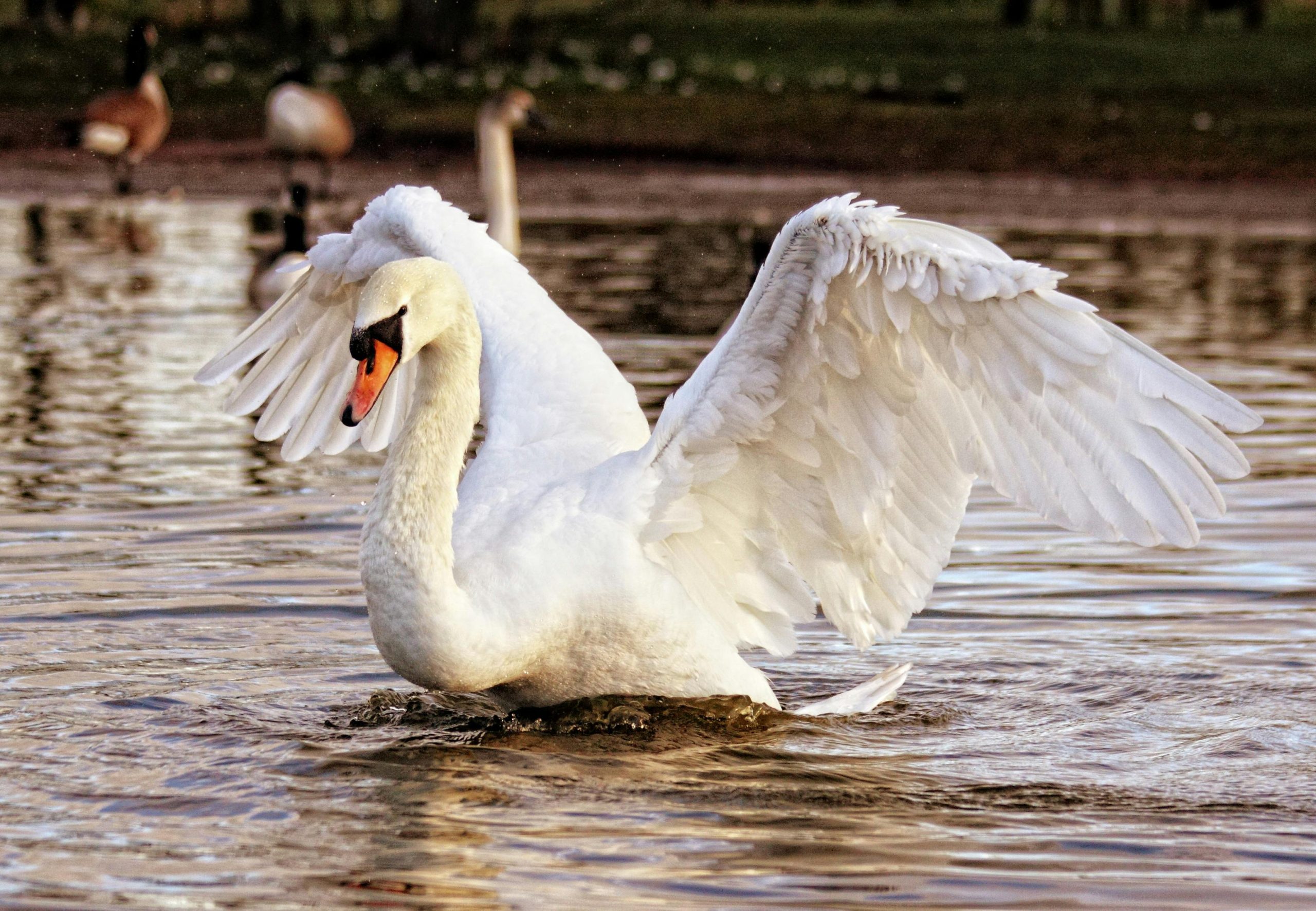

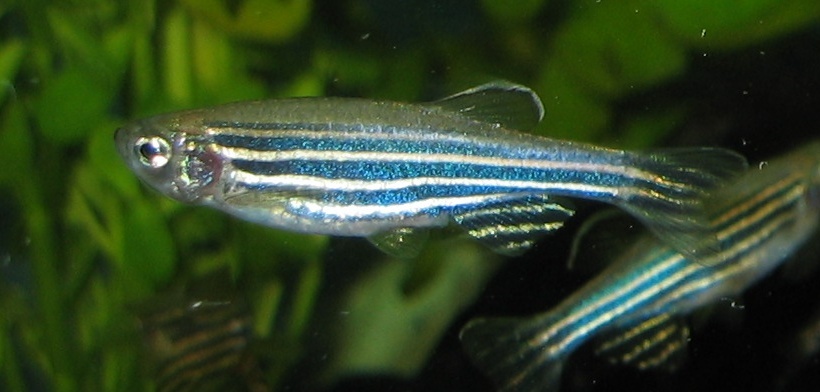
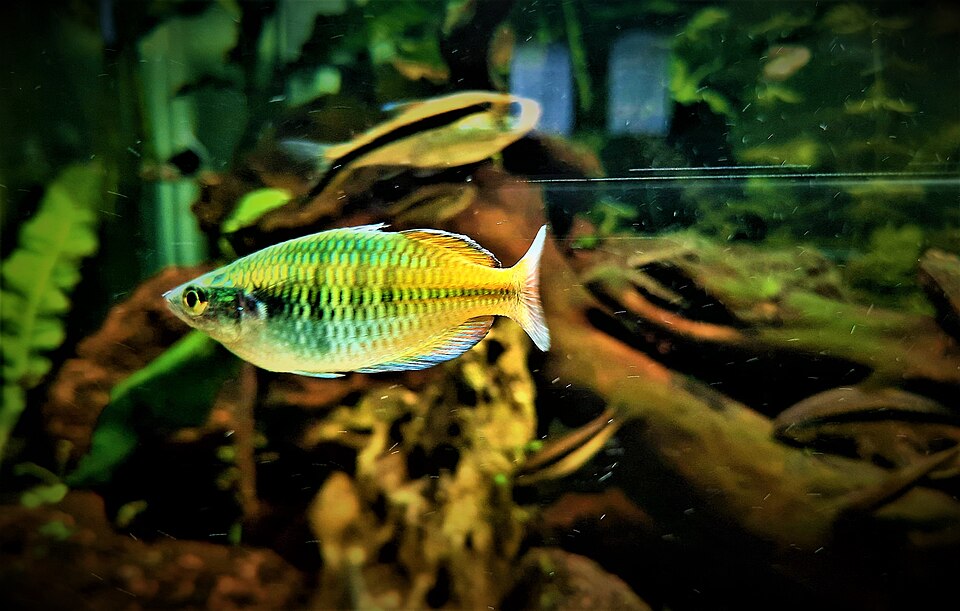
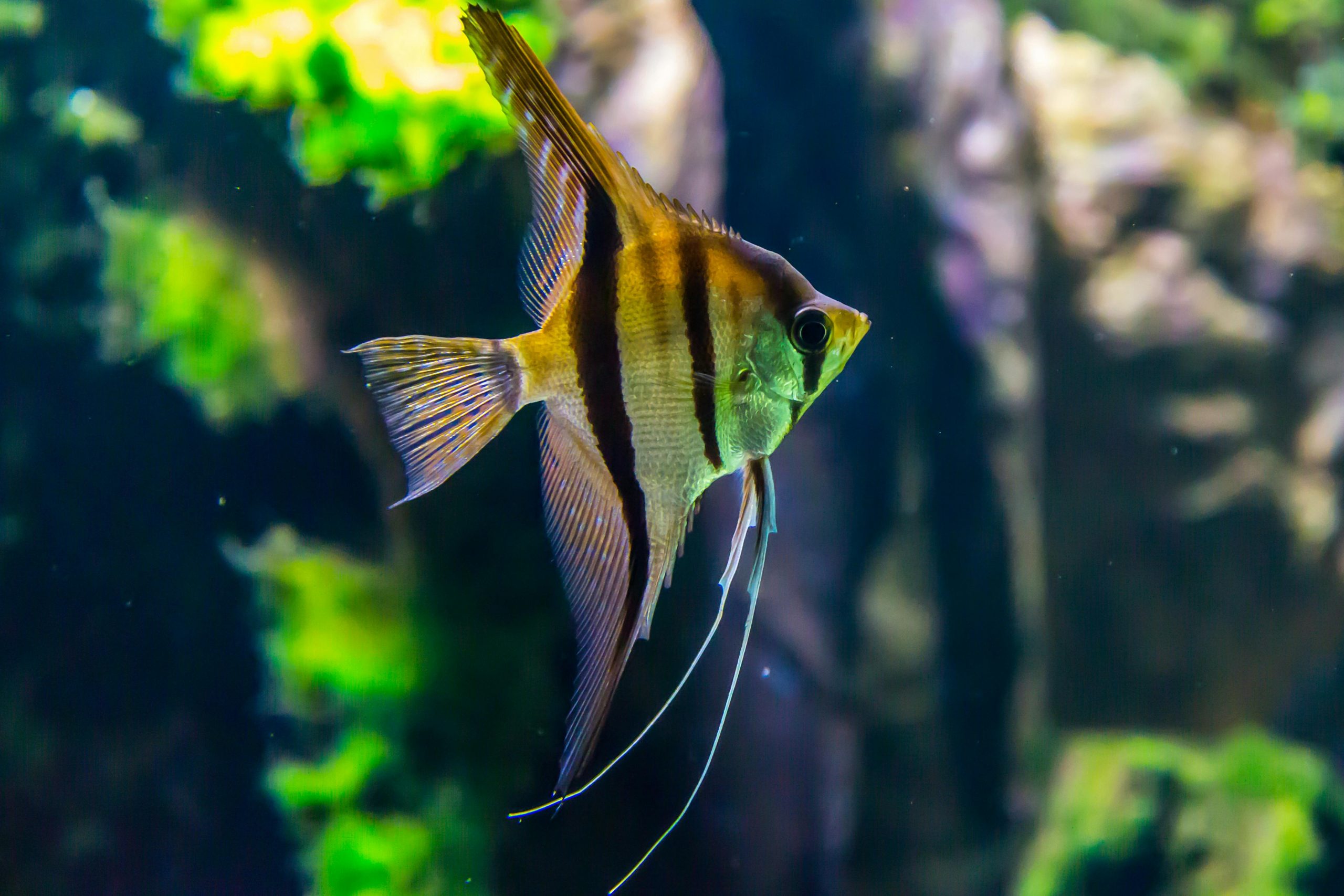
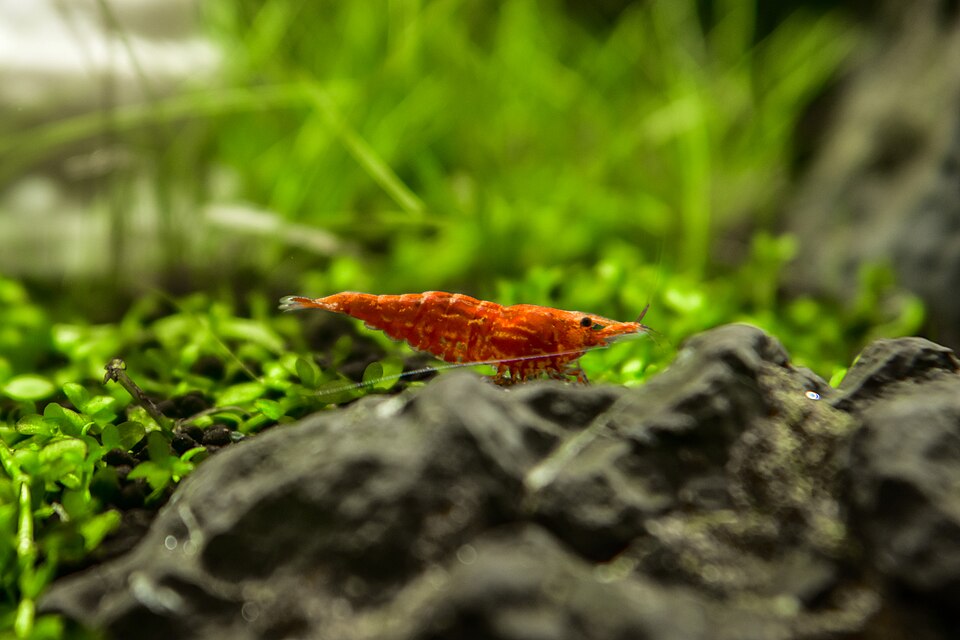

Leave a Reply